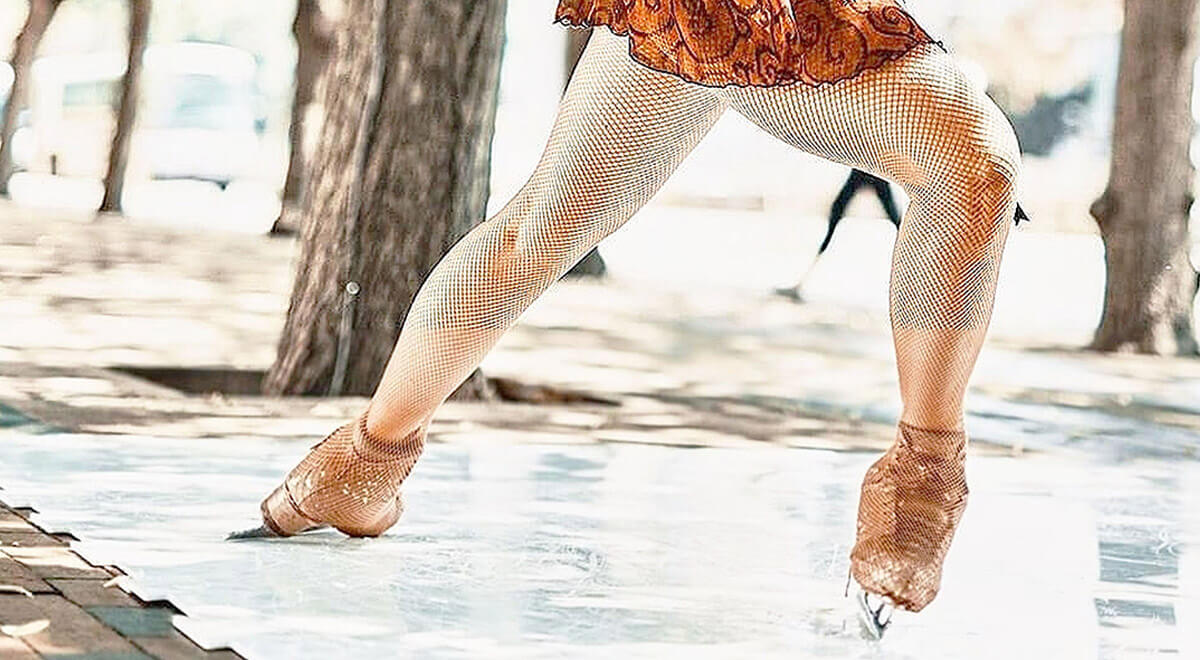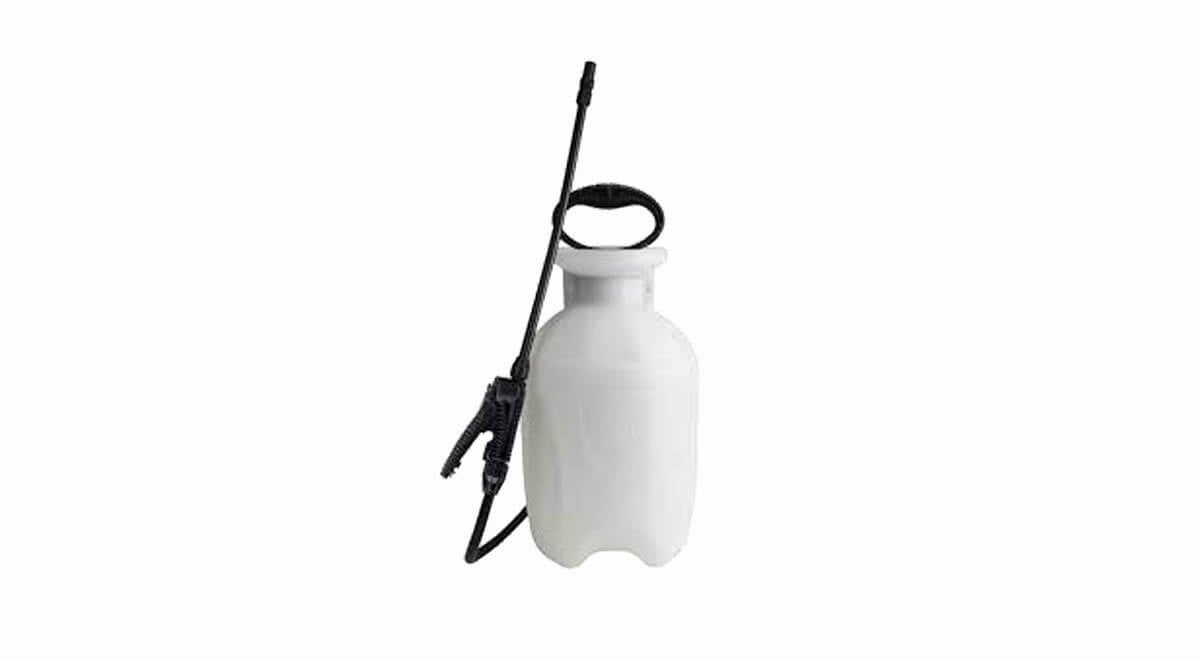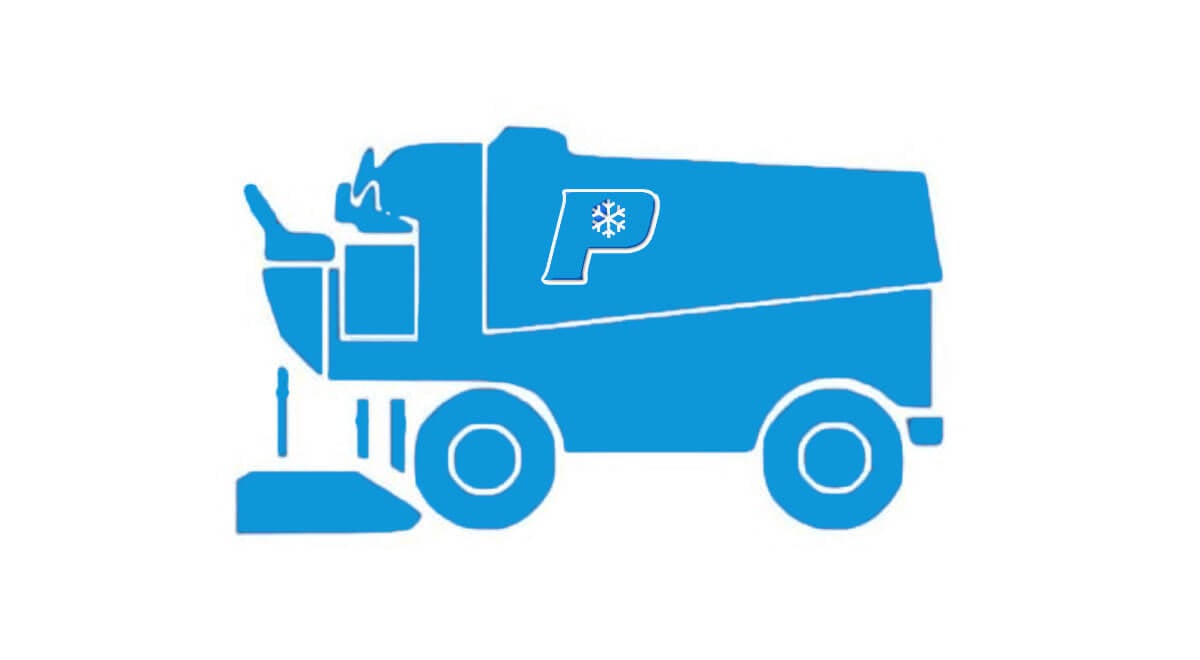Understanding Infused Synthetic Ice and What to Look For
When purchasing a synthetic ice rink, there are many things to consider, including what actually is the best infused synthetic ice surface to buy.
The most important thing to consider while deciding on a surface is WHO will be using the rink and for what purpose?
Residential or commercial?
Training or pleasure?
Need and affordability, to name a few.
Both infused and non-infused surfaces can be utilized for many different projects depending on the application.

Skating on Synthetic Ice
When manufacturers introduced the concept of synthetic ice in the 1960s, the result was revolutionary.
The manufacturer or rink owner would install panels made of polyethylene in an assigned space.
These panels had grooves at each end that connect like puzzle pieces, allowing the rinks to be scalable.
The polyethylene material was smooth enough to skate with metal blades.
Now, ice skaters did not need to find the nearest frozen lake or skating rink.
Or so they thought.
The synthetic ice rinks did not feel the same as natural ice.
The panels created friction.
And lots of it.
Now friction is not a bad thing when ice skating.
In fact, it's friction that allows skaters to move.
On natural ice, the metal blades create just enough friction with the thin layer of water that develops on the ice's surface (think of that thin layer of water that appears on your finger when you touch an ice cube).
This friction allows skates to glide over the surface.
The skater then pushes off the ice with the edge of the blades to generate speed.
The same effect was happening on synthetic ice, just not as seamless as its natural counterpart.
To compare, freshly made ice surfaces can have less than a 1% coefficient of friction.
Worn ice surfaces could have friction up to 5%.
These synthetic ice panels had friction coefficients that were over 30% more than ice.
Skaters had to exert lots of effort, killing the joy out of skating.
What's more, the synthetic ice panels were taking a beating, reducing their durability.
Manufacturers had to find a way to fix these problems if the success of synthetic ice was to continue.

The Solution?
In the subsequent iterations of synthetic ice panels, manufacturers provided what they called a 'slip agent.'
A slip agent is a lubricant applied to the surface of the panels.
It could recreate the physics of natural ice, allowing skaters to have a better experience.
Adding slip agents to synthetic ice was a resounding success.
Over the decades, some manufacturers moved from providing a slip agent to infusing the agent in the ice during the production process.
This was another stride for the product, making it more convenient for both recreational skaters and pros to using synthetic ice.
PolyGlide Synthetic Ice is one of the pioneers of infusing agents with synthetic ice.
Our techniques allowed us to provide an exceptional product that customers have enjoyed for years.
Today, synthetic is available for both commercial and home use.
You could set up a massive rink in a mall or a small rink in your backyard.
The quality of skating has significantly improved thanks to advancements in technology and production.
But you still have a choice to make.
They can either be infused or non-infused.
If you're looking to buy synthetic ice, your choice can determine your overall skating experience.
Infused Synthetic Ice
Infused or "self-lubricating" synthetic ice panels are manufactured with a slip agent additive and have become the industry standard as they offer less surface coefficient of friction.
It does not require a surface glide enhancer lubricant.
There are two ways that manufacturers go about adding a slip agent to the sheets during the manufacturing process:
- Compound Infusion: A slip agent "Masterbatch" is mixed-in with virgin material prior to production and is infused throughout the entire sheet (Extruded and Sinter-Pressed Sheets)
- Surface Infusion: A Slip agent is sprayed onto the surface during the "cool-down" phase, though this method does not have a very long life span and will wear away and dry-out over time (Extruded Sheet)
Self-lubricating does not mean self-cleaning, as infused surfaces tend to attract more dust and dirt and need a little more work in keeping them clean over the lifetime of the rink.

Why Should You Get Infused Synthetic Ice?
When you're skating, you want a smooth, fast experience.
Infused ice panels give a smooth, more consistent skate since the slip agent is included.
Over time, the quality of skating improves due to the grooves made by skates.
Infused ice is great for heavy use.
We often recommend Infused synthetic ice for commercial rinks.
Commercial rink owners won't have time to reapply slip agents to the surface constantly.
Infused synthetic ice is also great for professional training and recreational skating as it offers more of an ice-like feel.
Its consistent performance gives athletes a platform to train to translate to natural ice.
Sometimes, infused ice is also called self-lubricating ice as the slip additive molecules stay on the surface.
This is good news for rinks that get heavy use.
The product should maintain its gliding ability for years.
In fact, these products tend to improve with use.
The infused agent, along with wear and tear, produces a surface comparable to ice.
On average, the best infused synthetic ice has a coefficient of friction of about 10%-15%.
The best products, like our Pro-Glide Infused panels, are as low as 10%.
This friction still sounds like a lot, but ice that's not resurfaced can get noticeably slower.
The difference can be as low as 5%, which some skaters do not notice.
For heavy use, minor maintenance, and a near-natural skate, infused tiles or panels are the best choices.

Non-Infused Synthetic Ice
Synthetic ice panels have made significant strides over the years.
The skating quality has significantly improved thanks to advancements in the material itself.
Despite these strides, panels still need a slip agent for the best performance.
Some, mostly older type panels, come without the slip agent combined in the production process.
These are 'non-infused' surfaces.
Non-infused surfaces do require a glide enhancer spray or conditioner to reduce the surface friction.
PolyGlide Ice Slip Surface Conditioner is a non-toxic liquid that skaters can apply just before hitting the ice.
Mix the lubricant with water in a 1:2 ratio, then spray it over the tiles.
This is an excellent option for heavy foot traffic areas or hockey shooting galleries.
Though spraying the surface has been looked upon as a "negative" regarding rink maintenance, it does help keep the rink free of dirt and dust and cleaner over the long term.
Should You Choose Non-Infused Ice?
A non-infused surface could be considered for a hockey shooting gallery where minimal skating will be required.
In the past, a non-infused surface may have been more cost-effective than infused ice but the industry has become more competitive to the point where there isn't really that much of a savings.
A non-infused surface is a little easier to keep clean and maintain overall and is a great option if the ice is used occasionally or for training drills.
With infused panels, dust and other particles tend to stick to the slick surface.
Infused ice attracts less dust and grime, making it great for garages, spare rooms, and driveways.
The slip agent also enhances the durability of the panels.
The lubricant does not need to be constantly reapplied, even compared to how often you need to resurface a regular ice rink.
That means you get high-performing synthetic ice without regularly buying conditioners.
Rink lubricants reduce friction and prevent metal skates from dulling too quickly.
There are some exceptions.
For instance, a slip conditioner placed on an outdoor rink tends to lose its effectiveness quickly.
Rooms or locations with low humidity can also impact the moisture on the panels.
In these situations, you'll need to reapply the conditioner more often.
The conditioner can even be used on infused ice to create a better experience.
For a more cost-effective rink that provides high performance, non-infused rinks can help.

The Benefits of Friction
Compared to natural ice, both synthetic ice types would still have friction.
As technology, materials, and manufacturing styles improve, so will the coefficient of friction.
However, "Positive friction" does come with some benefits.
For starters, the added resistance acts as an excellent training tool, especially for professionals.
Skaters develop more power since they must exert more force on the ice.
This added resistance can translate to stronger, faster skaters.
Children and young skaters also benefit, as the added friction can help with balance.
Falls on synthetic ice are also safer than ice, making it an ideal solution for parents.
Some friction is good, but we still want to skate on the tiles, and consistent maintenance can help.
Here's Why Thousands of Skaters Use Synthetic ice.
Both types of tiles have a host of benefits.
For instance, most skaters wait for winter or travel to colder climates, but with panels, you can skate at any time in the year.
For kids or seasoned skaters, that extra time in the offseason is invaluable.
Portable synthetic tiles has a lower entry cost which is a little more easy to budget than purchasing a larger rink.
You can set it up in your backyard, garage, or spare room.
Whether infused or non-infused, these are great training tools, exercise tools, or a way to have fun with family or friends.
The success of your ice weighs heavily on maintenance and distribution.
Let's discuss:

1. How Do You Maintain Your Synthetic Ice?
Regardless of the type of rink, both surfaces need to be kept clean to maintain optimal performance.
In addition, infused surfaces need to be kept clean and re-conditioned to avoid the look of "frozen mud" over time.
If not, panel seams will become more pronounced with darkened "grout lines" that will appear, making your ice rink panel seams more prominent.
Prominent seams can interrupt your skate, even if you have infused ice. However, cleaning and maintaining your infused ice are simple:
- Set a time to clean your ice. It should be after skating, so it's ready for use the next time.
- Cover your feet or shoes with socks or plastic socks to avoid scratching the surface.
- Use a soft brush or broom to remove dirt, dust, and shavings. Ice skates make minor cuts that create shavings on the ice. These cuts are more prominent with hockey stops or spins and jumps from figure skaters. Shavings can affect skating if left untreated.
- Look for loose seams or any grooves in your ice. Use a soft mallet to knock them into place.
- Mix some warm water with a bit of dish soap.
- Clean your rink with a soft mop or microfiber cloth (depending on the size)
Consistently cleaning rinks – especially after heavy use – helps them last longer and perform better.
On average, infused rinks can last up to ten years with proper maintenance.
Non-infused rinks can follow the same cleaning process.
After cleaning the rink, apply the slip surface conditioner.
Heavy traffic may warrant reapplying after every use, but this should not be necessary.
Understanding Wear and Tear
Depending on the type of surface your purchase, it could begin to lose its effectiveness over time.
Wear and tear of tiles come from skating, walking, and other exposure elements (for outdoor rinks).
Wear and tear vary with synthetic ice.
Thicker panels are more rigid and durable enough to last many years.
Our Pro-Glide Infused panels are also reversible, extending their shelf life even further.
Non-infused synthetic ice is tiles that have shorter lifespans but can last with the right care.
Look for signs of dirt and clean it as soon as possible.
2. Your Distributor Matters
Not all infused synthetic ice sheets are the same and depend on the manufacturer.
Some companies act more as an OEM (Other Equipment Manufacturer) distributor and resell their ice under their own assumed brand name.
Other companies create their own formulation that works for their branding products.
Thinking about where the ice comes from sounds trivial, but it could impact the cost and longevity of your product.
OEM products, for instance, may not be durable or can lack patented technology.
In addition, these rinks last only a few years based on heavy use.
For such an important investment, you should not take that chance!
Some also lack an effective slip surface agent.
Even infused tiles will begin to lose their effectiveness.
Poorly produced tiles mean skates lose their sharpness more frequently, needing more sharpening and replacement.
Companies that create their own synthetic ice panels spend time on Research and Development (R&D).
They understand the needs of skaters and develop products that perform well and last for years.
This information is vital as synthetic ice can be costly.
The cost of tiles vs. panels can vary based on thickness, shipping, and added features.
Synthetic ice is an investment as there are other costs to consider (hockey sticks, skates, coaching, and so on).
These costs can add up for every child or teen in the household.
The maintenance costs can add up for commercial options, especially if you're providing rental skates.
Making the suitable investment the first time – infused or non-infused – ensures you have the right product for years to come.
Conclusion
Synthetic ice skating is now an enjoyable experience, thanks to the addition of slip surface agents.
Slip surface agents were first used to cover synthetic tiles, and now they can be infused with the product.
Larger, thicker panels come infused with the agent, allowing for a skate comparable to natural ice.
This is without the need to reapply a conditioner constantly.
When manufacturing infused ice, we consider factors like skater performance, speed, and durability.
Non-infused ice is still a high-quality product but will need an additive from time to time.
Additives are easy to apply and instantly improve the sliding ability of the ice.
Non-infused ice often comes in tile form and is ideal for home use.
However, even if you decide to upgrade to infused ice in the future, the slip surface agent will still come in handy for maintenance and performance.
There's no wrong choice between infused and non-infused rinks. It's really down to the quality of the product.
Instead, use factors like the goals of the rink and cost.
You should also look at the track record of your provider, including honest product reviews.
If you're struggling to come to a decision, let our team help.
We will help walk you through it.
Our deep understanding of the product can help you choose the right tiles or panels for your skating needs.




